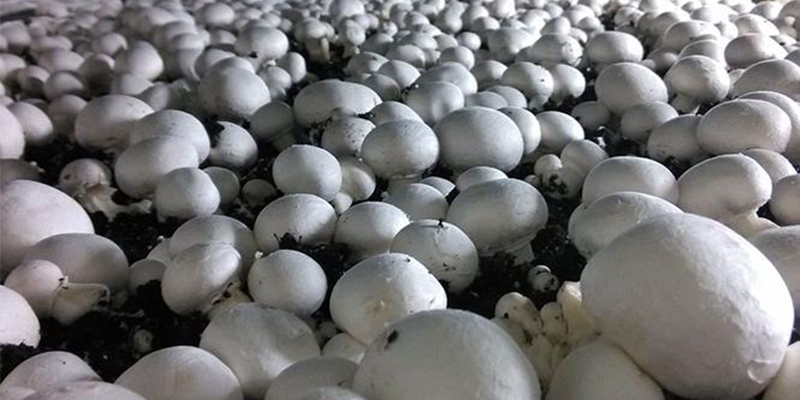How to deal with common abnormalities in Agaricus bisporus planting

During the cultivation process of Agaricus bisporus, the normal growth and development of mycelium and fruiting bodies will be affected due to the unsuitable environmental conditions of the mushroom house, the compost and improper management measures, which will affect the yield and quality. The specific situation is analyzed as follows.
1. After sowing, mycelium does not germinate and does not eat material. This is due to improper temperature, ventilation and humidity in the mushroom house. If the surface of the compost is dry, spray calcium superphosphate or potassium dihydrogen phosphate solution in time. If the material is too wet, the ventilation of the mushroom house should be strengthened. When the temperature in the mushroom house is high, cooling measures should be taken. When there is ammonia odor in the mushroom house, the ventilation should be increased in time, and holes should be poked on the surface of the compost to get rid of ammonia gas.
2. Mycelium grows excessively after soil covering. After sowing, the vegetative growth is too vigorous, and the fluffy hyphae grow densely, often emerging from the soil surface, forming a dense impermeable and airtight "cap" layer. This is mainly due to the excessive growth of mycelium due to high temperature and high humidity. The measures to prevent the mycelia from "covering" are to strengthen the ventilation in the mushroom house when the mycelium grows out of the covering soil layer, reduce the temperature and humidity in the mushroom house, and spray "mushroom water" in time to facilitate the formation of primordia. Don't spray water too fast, spray water in the morning and evening when it is cool. Once the hyphae are found to grow excessively, pick out the fungus cover with a knife or bamboo slices in time.
3. Mycelium degeneration in the covering soil layer. 3-5 days after covering the soil, the mycelium will not go to the soil, and it will be off-white and thin. In severe cases, the mycelium cannot be seen on the surface of the material, and even the surface of the material will turn black, which is caused by the atrophy of the mycelium. The reason is that too much water is sprayed too quickly after covering the soil, resulting in hypoxia and suffocation and shrinkage of mycelium. Water spraying should be stopped immediately and ventilation should be enhanced to facilitate the mycelia to recover and climb the soil.
4. Thin-skinned mushrooms. During the growth process of the fruiting body, due to the high temperature, the fruiting body grows fast, and the fruiting density is too high, the nutrient supply is not enough, and thin-skinned mushrooms are prone to appear, and the yield is low and the quality is poor. In order to avoid this phenomenon, ventilation should be enhanced during water spraying, the thickness of compost and soil layer should be appropriately increased, and moisture and temperature management during fruiting should be strengthened.

(1)(1).jpg)
 CONTACT
CONTACT